Alice Miller BVSC DBR MRCVS.
Friars Moor Livestock Health.
One of the best things about being a vet is the variety that comes with the job. When I was training, I didn’t quite appreciate all the career opportunities available. I always had in mind just the clinical work. But sometimes we aren’t just GPs and surgeons for animals we also try our hand at teaching. This is a part of the job I really enjoy and a skill that I have tried to develop over the years. The topics and audiences vary and include giving evening presentations, teaching students and running training courses. While these things often take a lot of time and preparation there is great reward in being able to discuss interesting topics with like-minded people.
As a practice we are lucky that we have many vets within the team who all have varying specialities and interests. This means we can offer high-level training on most topics required by our clients. We currently have upcoming courses on foot trimming, AI training, medicine use and even a calving course for ten–16-year-olds. These are all detailed in our monthly newsletters and on our website so keep a look out or phone our office on 01258 472314 if there is anything of interest or anything you need.
I particularly enjoy the cattle fertility work and run our AI training courses and calving courses. This week I did something a bit different though and taught a group of vets. It was a foundation course in fertility for the British Cattle Veterinary Association. The Kingman family kindly hosted the group for the afternoon, where the vets learnt how to master the use of ultrasound scanning.
One of my very first articles answered the question: “Why do you put your arms up cow’s bottoms?” and indeed it is so we can examine their reproductive tracts, which sit internally, below the rectum on the floor of the pelvis. I taught the vets how to examine the reproductive tract using this technique, and by the end of it they could make diagnoses by scanning the uterus and finding the ovaries. You can tell a lot from examining the structures on the ovaries, so I spent a large proportion of the theory training covering the oestrus cycle of the cow. You can tell what stage of the cycle she is at by examining the size of the structures. And if you understand the natural hormonal cycle, when it goes wrong in cases of infertility, you can use hormone treatments to correct it. Naturally it is a complex hormonal system that involves the release of hormones from the brain, that travel via the bloodstream to the ovaries to stimulate follicular growth, which leads to ovulation and then either maintenance of pregnancy or recycling. Cows are aseasonal, polyoestrus breeders, which means they reproduce any time of year and cycle continuously. Cows aren’t restricted to breeding at certain times of the year – so we are able to drink fresh milk all year round. Some block calving systems choose to calve all their cows over a 12-week period either in Spring or Autumn, however this is a management decision rather than a biological one.
We also discussed how to pregnancy scan and age foetuses. This can be done more easily in younger pregnancies as you can visualise the whole calf and take body measurements – such as the crown-rump length. These scaled measures on a chart are translated to the age of the calf in utero. When the calf gets bigger it becomes harder to visualise the whole calf. However, while you can’t take body length measurements you can measure the orbital diameter – if you can reach the calf’s head. The scale of this measurement accurately translates to age, as the orbital cavity within the skull grows at a uniform rate. You can tell a lot from the use of ultrasound. And while this week I have discussed fertility work, next week I will discuss what else we can use ultrasound scanners for in farm vet work.
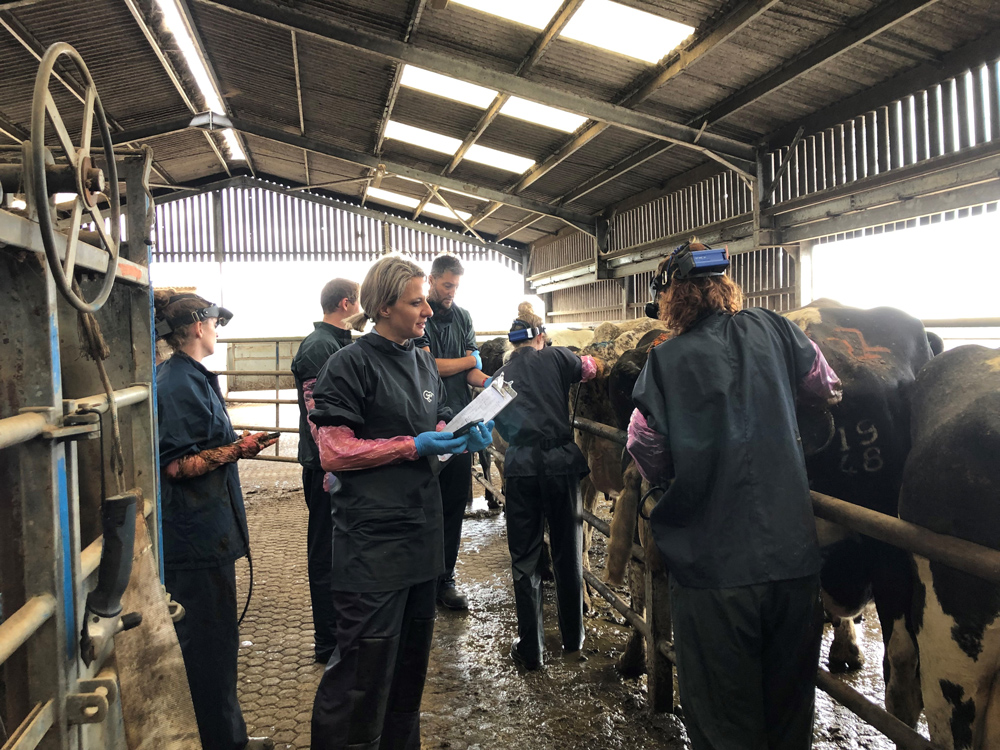
Related Articles
DorsetHealth & WellbeingNews September 16, 20250
From war hero to chief superintendent: Ron marks his 100th birthday in Blandford
RON was the centre of attention at a Blandford care home…
CrimeNewsWiltshire September 15, 20251
Obsessive ex-officer used police systems to stalk ex girlfriend and her new partner
A FORMER Wiltshire Police officer has been handed a suspended sentence…
DorsetHealth & WellbeingNews September 12, 20250
Residents in Top 20 care home in Poole celebrate home’s first anniversary
A BIG celebration took place at a care home in Poole…


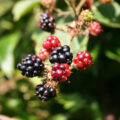

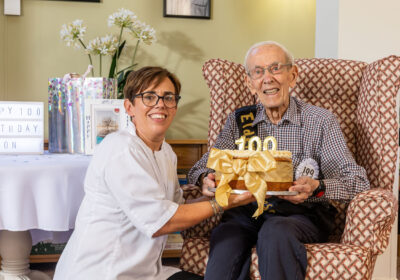
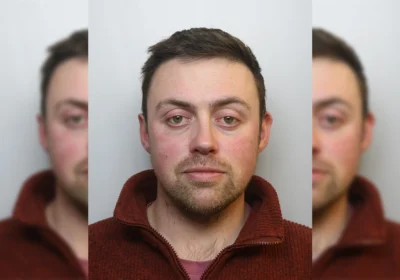
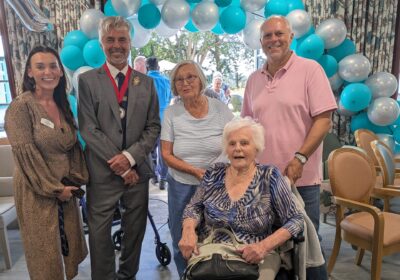



Leave a Reply